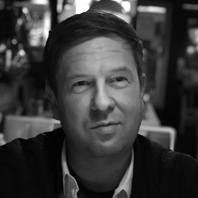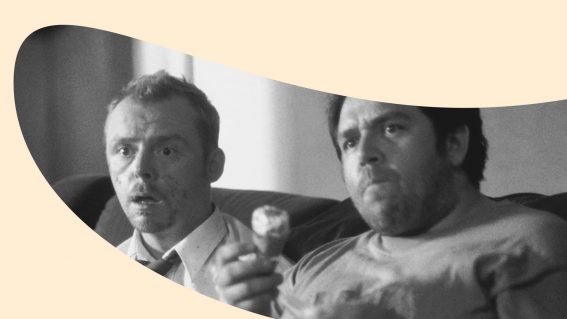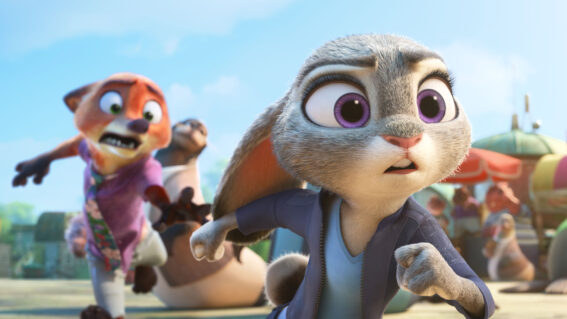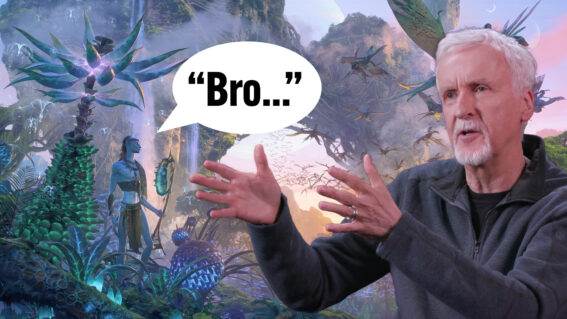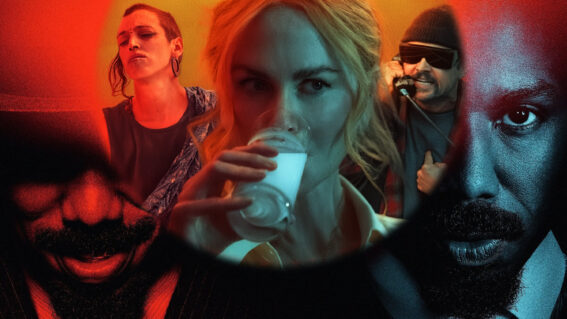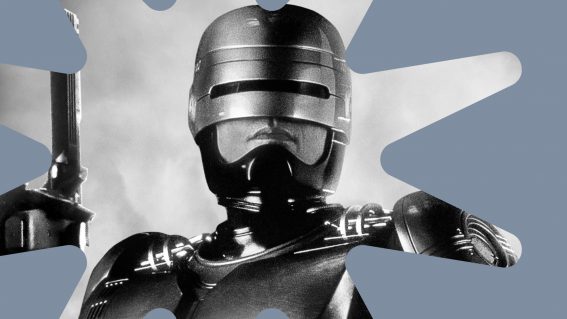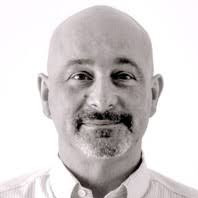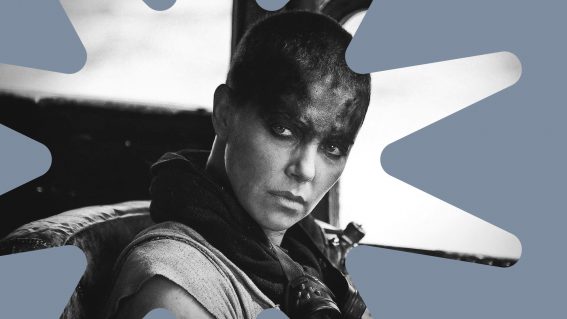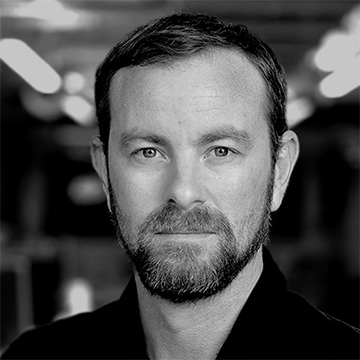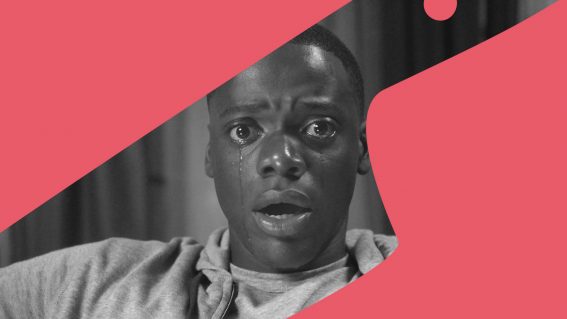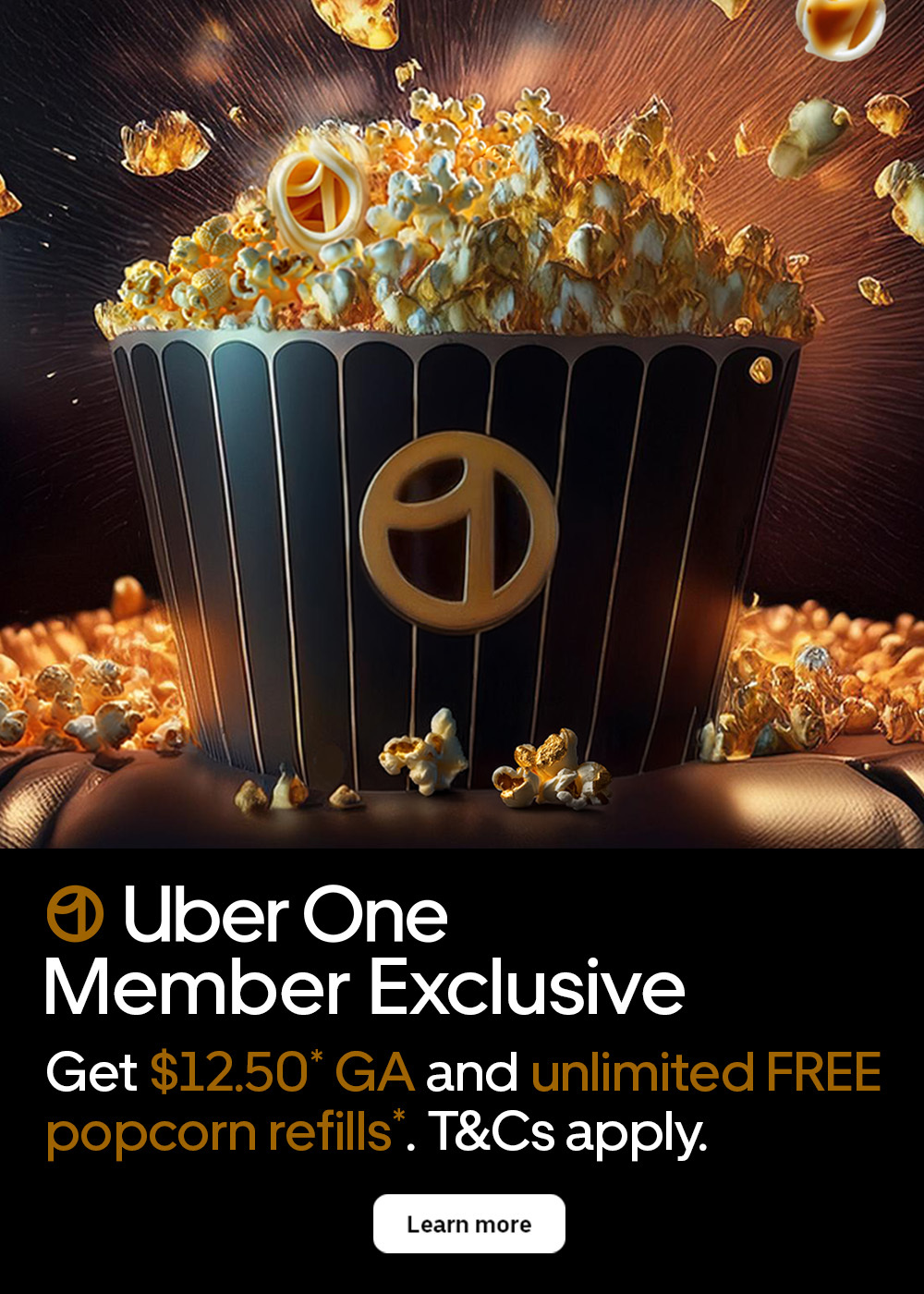Hollywood finally finds a way to capture the Fantastic Four’s uniqueness
Previous adaptations have been shoddy – perhaps they’ve been a little afraid of how old-fashioned it can seem. But if we’ve ever needed old-fashioned…
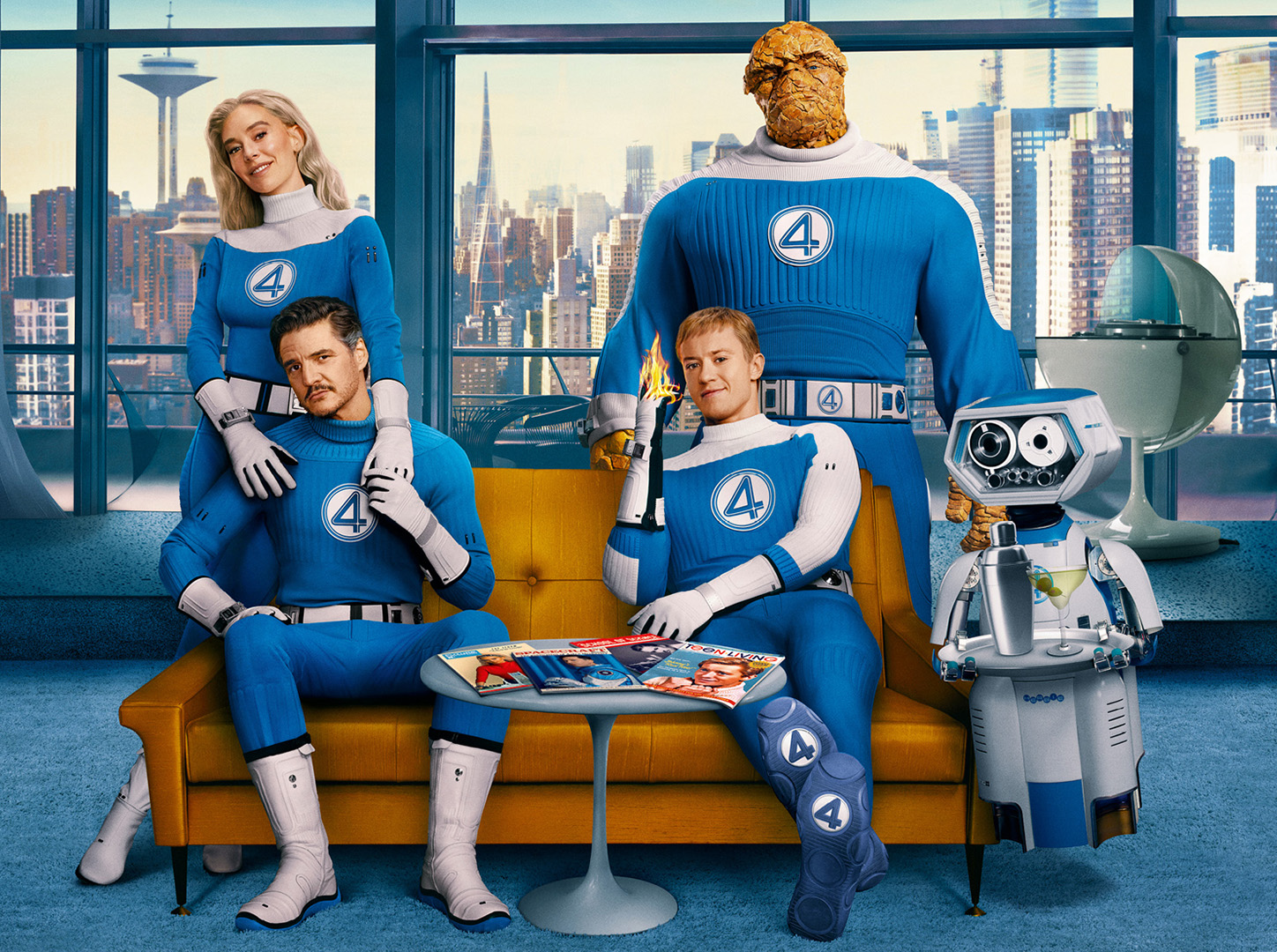
One of the funniest aspects of the marketing for The Fantastic Four: First Steps that began to bubble up in the final week or so before release was the messaging that there was “no homework required” to watch the film.
Which was to say: Don’t worry about all that complicated interconnectedness that has overwhelmed the Marvel Cinematic Universe of late! This is just, you know, a movie!
The Fantastic Four: First Steps
Although these characters will inevitably link up with the others, of course (they’ve already announced as such), it speaks to how the new movie is in its own bubble and serves its own uniqueness above all, borderline revolutionary in a modern blockbuster environment that prioritises shared universes over everything else.
And the uniqueness of the Fantastic Four is something Hollywood has been trying and failing to channel for a while now.
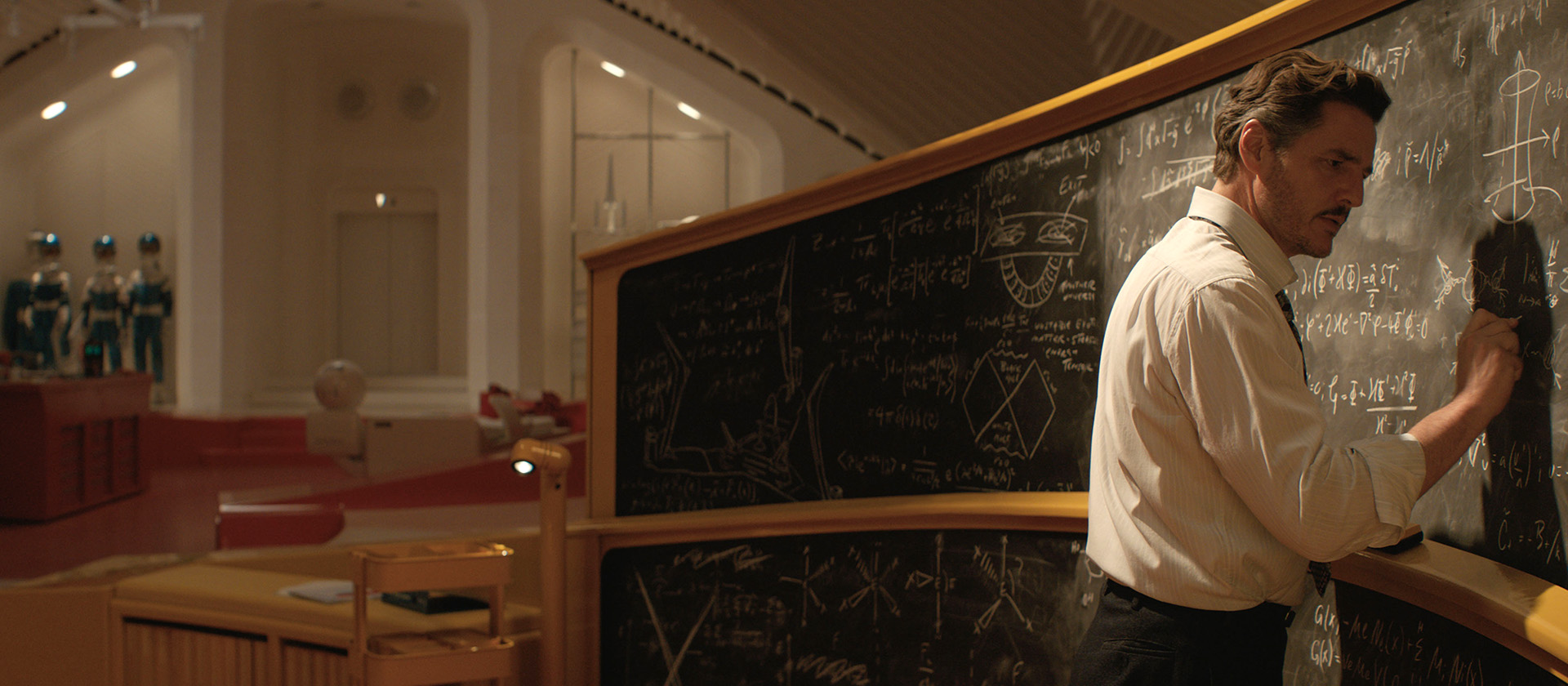
I was a Marvel comic book kid, and my absolute favourite title was Fantastic Four, which brandished the splenderific slug line: “The World’s Greatest Comics Magazine!”.
The second great age of comics is known as both The Silver Age and The Marvel Age, and it’s generally considered to have begun with the publishing of Fantastic Four #1 in November 1961. (Don’t come at me Showcase #4 people).
Co-created by Jack Kirby and Stan Lee, the comic was a marvellous (sorry) blend of Atomic Age advancement and science fiction speculation via a quartet of characters you took into your heart. And it maintained that spirit throughout the decades. As the titles around it became darker and more cynical, the Fantastic Four always presented an optimistic, science-forward, neo-futurist aesthetic that was simply undeniable.
Inherently quaint from a certain perspective, it was always going to be a tricky vibe to capture on film. But even when factoring in that handicap, Hollywood has done an especially shoddy job of mounting an adaptation that effectively represented the source. I think they’ve always been a little afraid of how old-fashioned it can seem. But if we’ve ever needed old-fashioned…
Following several cartoons—one of which replaced The Human Torch with a robot named H.E.R.B.I.E., who is prominently featured in the new film—the first live action Fantastic Four is possibly the most famously unreleased movie of all time.
Although all parties deny this, the 1994 Fantastic Four movie is widely viewed to have been made solely as a means to hold on the film rights, which required a film be in production by a certain date. When the rights were transferred, the low budget movie was supposedly buried in the name of not harming the brand. It has long since leaked out and ain’t great, but you really have to feel for the actors in this movie. In a heartwarming gesture worthy of Reed Richards, the four leads of the 1994 film get cameos in the new movie.
With the rights now owned by 20th Century Fox, the FF languished in development hell for years before the success of X-Men (2000) and Spider-Man (2002) ramped up enthusiasm resulting in Fantastic Four (2005) and its sequel Fantastic Four: Rise of the Silver Surfer (2007).
It’s not hard to discern the good intentions behind these movies, but they’re mostly silly, and kinda crummy, and don’t come close to living up to the splendiforous grandeur of the source material. Plus they made Galactus into a cloud.
The less said about the 2015 reboot, a notoriously troubled production that barely qualifies as an FF adaptation at all, the better.
The acknowledged truth for most Fantastic Four aficionados at this point was that the closest thing we had to a “true” Fantastic Four movie was Brad Bird/Pixar’s The Incredibles (2004).
The neo-futurism, the family dynamic, three of the four superpowers are the same, it captured so much of what was great about the source material.
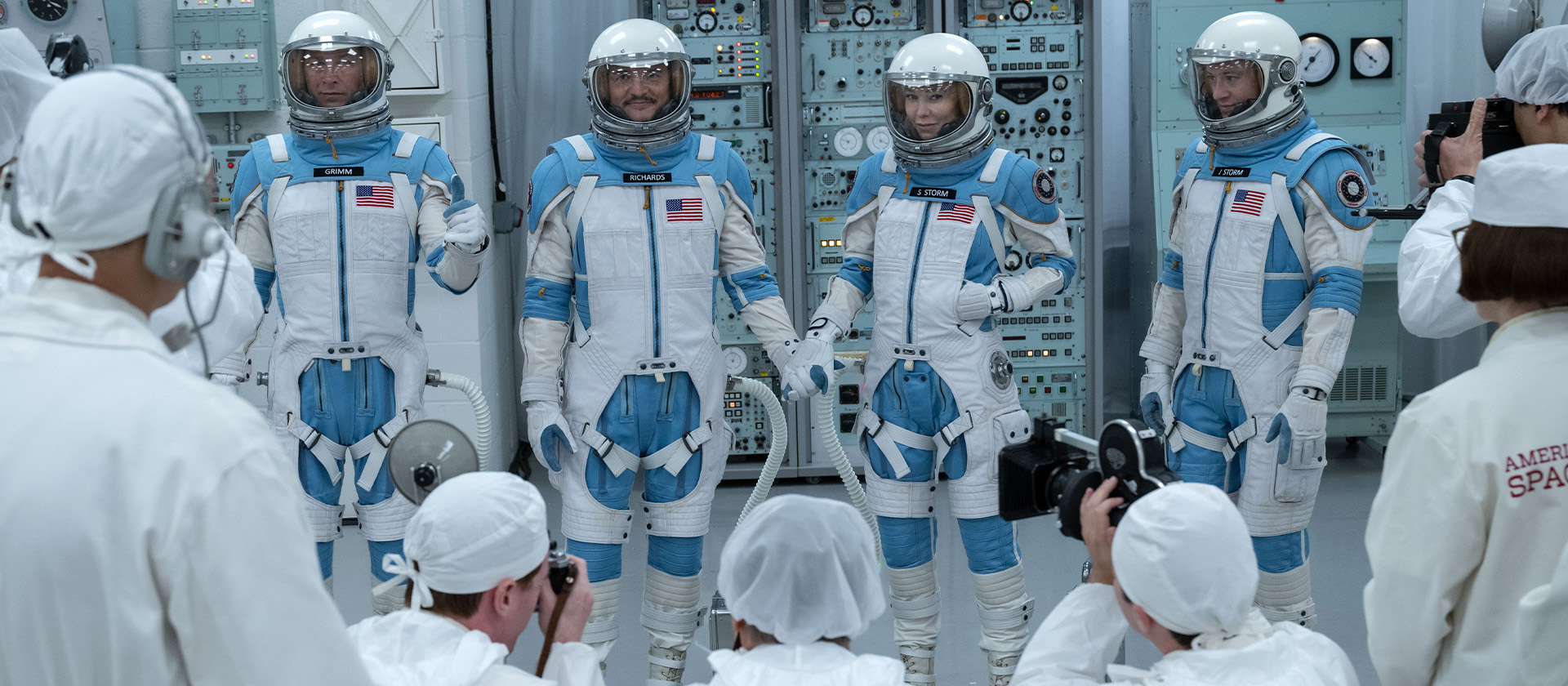
But there was so much more to the FF that had yet to be properly extrapolated on screen. One aspect I always longed for was the interstellar science fiction adventures. Rick and Morty clearly took much inspiration from the FF in this regard.
Which also speaks to how there was legitimate concern that even an honourable Fantastic Four might suffer from the “John Carter effect”, where a property is so influential that by the time an official adaptation comes around, it might seem derivative.
Additionally, although the modern Marvel Cinematic Universe defined its success by leaning into the source material where other comic book adaptations had shunned it, it has become weighed down by its shared universe obligations of late, and individual movies have rarely gotten a chance to express their individuality.

Which is why it was so refreshing to see The Fantastic Four: First Steps lean so hard into the elements that make Fantastic Four unique—the aesthetic, the earnestness, the family dynamic, the celebration of science and exploration.
Just by locating this in a 1960s-looking environment alone sets it apart from the increasingly uniform colour palette displayed by the other Marvel movies. It also frees the movie from the punishingly quippy tone that permeates many modern superhero films. There’s a refreshingly earnest quality here that also evokes another recently-released superhero movie.
Heck even the quaintness feels fresh. Maybe it was the last place left to go in a superhero movie. Old-fashioned feels practically forward-looking these days.
I hope these qualities are maintained as the Fantastic Four is subsumed into the greater Marvel Cinematic Universe. But these four might just be too pure for our world.
